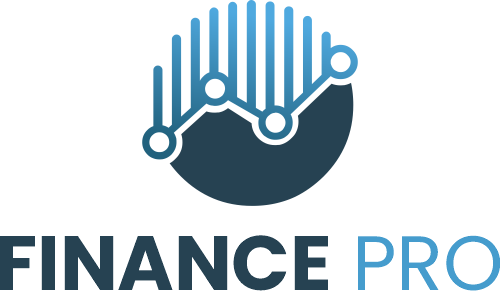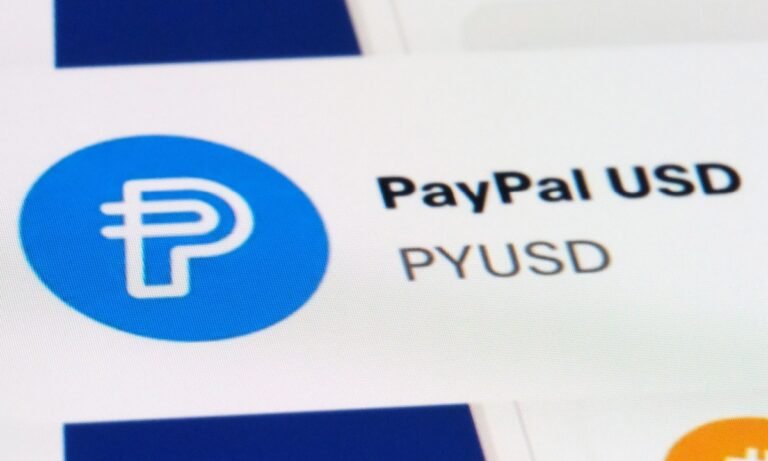Stablecoins, as their name implies, offer the benefits of cryptocurrency without the volatility.
And with Visa having launched on April 25 the Visa Onchain Analytics Dashboard to showcase how fiat-backed stablecoins move via public blockchains globally, the stablecoin category is increasingly top of mind for CFOs and treasurers.
That’s because, while the narrative surrounding crypto has often been overshadowed by scandals and volatility, amid this noise, stablecoins are emerging as a promising solution for mainstream transactions.
Stablecoins are a type of cryptocurrency designed to maintain a stable value by pegging their worth to a fiat currency, such as the U.S. dollar or the euro, or to other assets like gold or commodities. Unlike traditional cryptocurrencies like bitcoin, which are notorious for their price fluctuations, stablecoins offer a level of stability that closely mirrors that of traditional currencies.
Their immediate benefits for businesses include their ability to streamline cross-border transactions, as well as to serve as a new tool for managing liquidity more efficiently.
But are stablecoins, which have been around for a while and come with their own share of controversies, a viable way for Web3 participants to reframe assumptions about the use of blockchain-based applications within traditional finance and payments?
Read more: Are Blockchain-Based Smart Contracts a Smart Option for Global Financing?
Addressing Barriers to Crypto Adoption
With stablecoins, businesses can access instant settlement and liquidity without relying on intermediary banks or payment processors. This can optimize cash flow management and reduce reliance on traditional banking infrastructure.
And the fact that every transaction conducted using stablecoins is recorded on the blockchain, providing an immutable audit, can help CFOs and treasurers enhance compliance, reduce fraud, and streamline auditing.
As PYMNTS wrote this February, proponents of blockchain’s underlying technical capabilities are eager to separate the technology from its associations with cryptocurrency. That’s in part why, with the digital economy continuing to grow, the adoption of stablecoins in mainstream payments appears to be growing with it.
On April 25, Stripe announced it was reentering the cryptocurrency payment space after a six-year hiatus and plans to start supporting global stablecoin payments as soon as this summer, with transactions that instantly settle on-chain and convert automatically to fiat.
That news came on the heels of the announcement April 19 that stablecoin issuer Tether has partnered with the TON Foundation to enable customers to send cryptocurrency payments using encrypted messaging service Telegram.
Also in April, PayPal and cross-border money transfer service Xoom partnered to let users make international transactions using PayPal’s USD stablecoin (PYUSD). PayPal launched its PayPal USD stablecoin in August and began offering it to users of its Venmo payments service weeks later.
And PayPal isn’t alone. On April 4, blockchain and cryptocurrency company Ripple revealed its own plans to launch a dollar-pegged stablecoin that is backed 100% by U.S. dollar deposits, short-term U.S. government Treasurys, and other cash equivalents.
Observers believe the recent marketplace moves around stablecoins reveal increased participation and interest from traditional financial institutions, and signal a broader acceptance of blockchain technology.
Read more: ‘Cryptofinance’ Might Be Replacing ‘Cryptocurrency,’ but Bitcoin Is Still Unreliable
Capturing the Utility of Crypto
The transition from awareness to adoption of cryptocurrencies within payments represents a potential pivotal moment in the evolution of financial services — and, admittedly, it is one that has yet to happen.
But according to Visa’s dashboard, the stablecoin USDC saw $456 billion in transaction volume last week compared with $89 billion for Tether’s USDT stablecoin. These huge amounts represent real financial activity, and could be challenging for even the most traditional financial players to ignore.
According to Coinbase CEO Brian Armstrong, there are three pillars to cryptocurrency adoption within the traditional financial landscape, as he wrote in his most recent shareholder letter.
The first pillar views crypto as an asset class, which centers around the core trading and store of value use case. That pillar has been achieved.
Crucially, the second pillar sees crypto as an update to the financial system, which centers around stablecoins, staking services and more. This, it appears, is where the financial services and payments landscape sits today.
The third pillar sees crypto as an app platform, which centers around a wide variety of applications, from decentralized services to cloud services and commerce; that future is likely a bit further away.
And the rise of stablecoin transactions comes as governments on both sides of the Atlantic are working to regulate the (typically) dollar-pegged cryptocurrency.
The British government announced plans last fall to bring fiat-backed stablecoins under the purview of the Bank of England, Financial Conduct Authority and Payment Systems Regulator, while U.S. Sen. Kirsten Gillibrand, D-N.Y., and Sen. Cynthia Lummis, R-Wyo., have introduced legislation to govern stablecoin use. The law would create state and federal regulatory regimes for stablecoin issuers that uphold “the dual banking system,” the senators said, and require stablecoin issuers to maintain one-to-one reserves; ban unbacked, algorithmic stablecoins; as well as impose a ban on “illicit or unauthorized” use of stablecoins by issuers and users.


